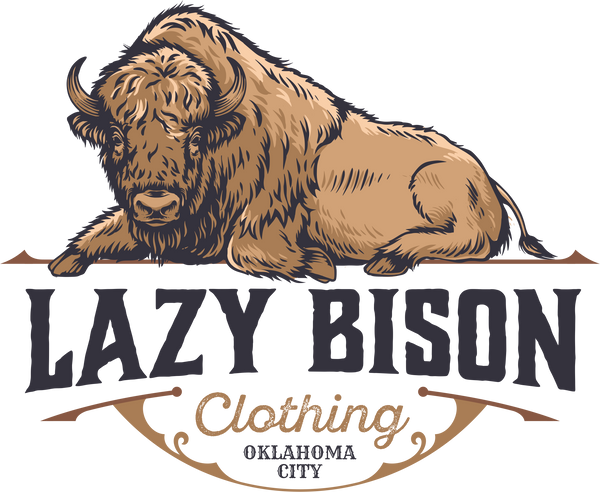
Harvesters Baseball
The Enid Harvesters dominated.
In 1922, the Class C minor league team out of Enid, Oklahoma, posted a 104–27 record, finishing with a .794 winning percentage. It was a historic season and team, and earned them a place on Minor League Baseball’s official list of the Top 20 Minor League Teams of All Time in 2001.
The Harvesters bore the name of the hard work needed to bring in the cash crop that drove the local economy: wheat. By 1922, Enid was well on its way to becoming the Wheat Capital of the World. With massive grain elevators and key rail access, the city became the largest wheat storage and shipping hub in the United States.
Harvest was a season that stopped everything else. From May through June, harvest crews worked across the fields, and every available hand was part of bringing in the winter wheat crop.

The transition from hand tools to mechanization was just beginning. New combine harvesters were still rare and expensive. Horse drawn harvesters and hand-held scythes and cradles still cut most fields. By hand, it would take a team of men and women a day to clear a single acre.
It was hot, miserable work in the Oklahoma sun.

The Enid Harvesters played from 1920 to 1924 in the Western Association, a Class C league near the bottom of the professional system. Most players never moved up—so the teams were built on players from the surrounding area. Many of the Harvesters were really that—working in the wheat.
The team stopped playing after the 1924 season for reasons not known today—most likely financial. Minor league baseball at the time was unstable. Teams changed names, moved towns, and folded frequently.
Enid hosted other teams among them the Railroaders and the Boosters. After the Harvesters, professional baseball wouldn’t return to Enid until 1950, when the Enid Giants, a Class D affiliate of the New York Giants, took the field. But it’s the Harvesters who hold a place in Oklahoma history.
Today, harvest season remains critical to Oklahoma and its wheat farmers. Communal harvest crews have given way to large professional harvesting groups working across the state. But families still help each other and continue those old traditions with modern tools. Combines are faster and more efficient, but the importance of the season hasn’t changed.
Over 90% of Oklahoma farms are still family-owned, and few are tied to major corporate agriculture. Oklahomans still belong to the land.
The Harvesters are gone, but the work, the wheat, and the people remain.
